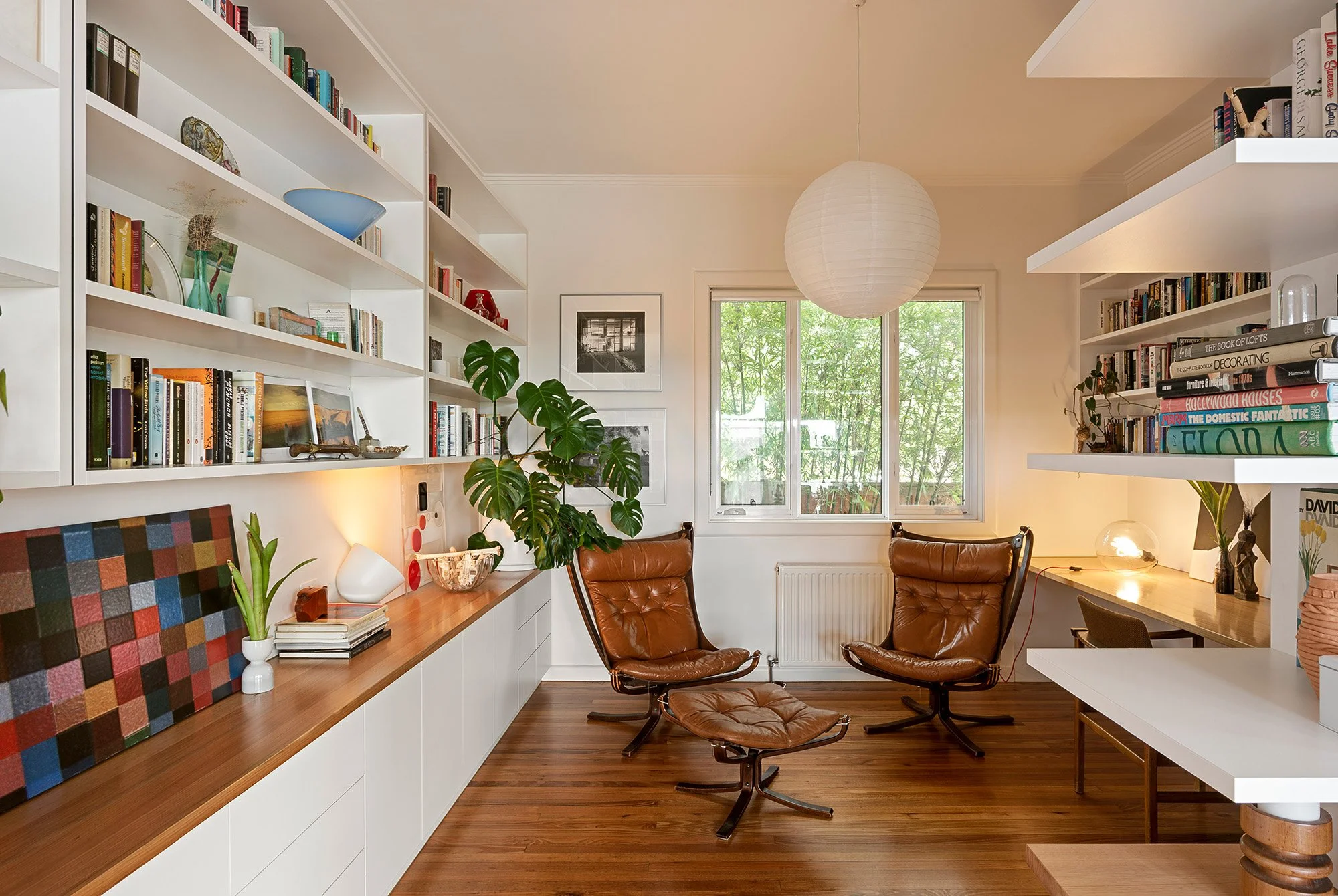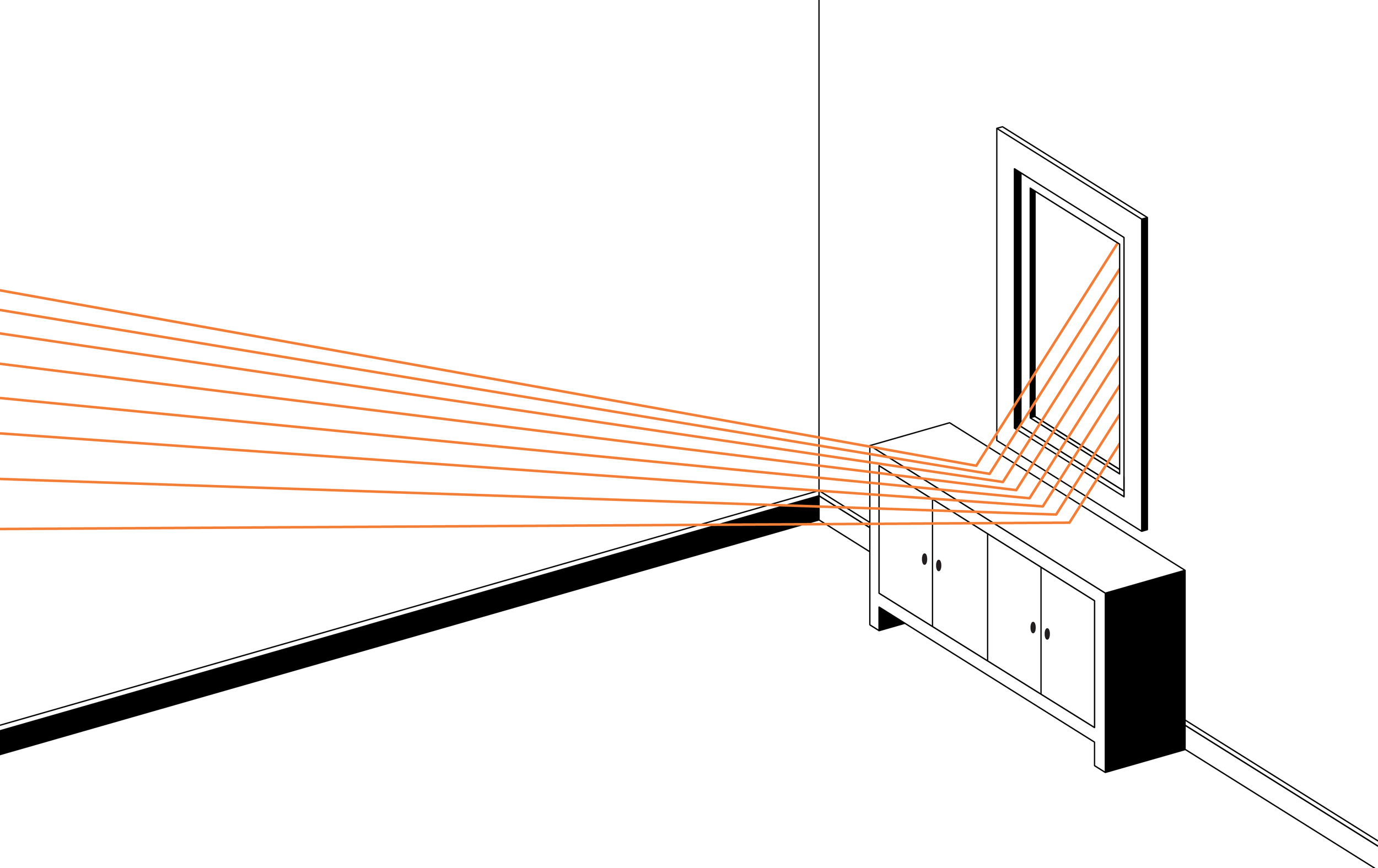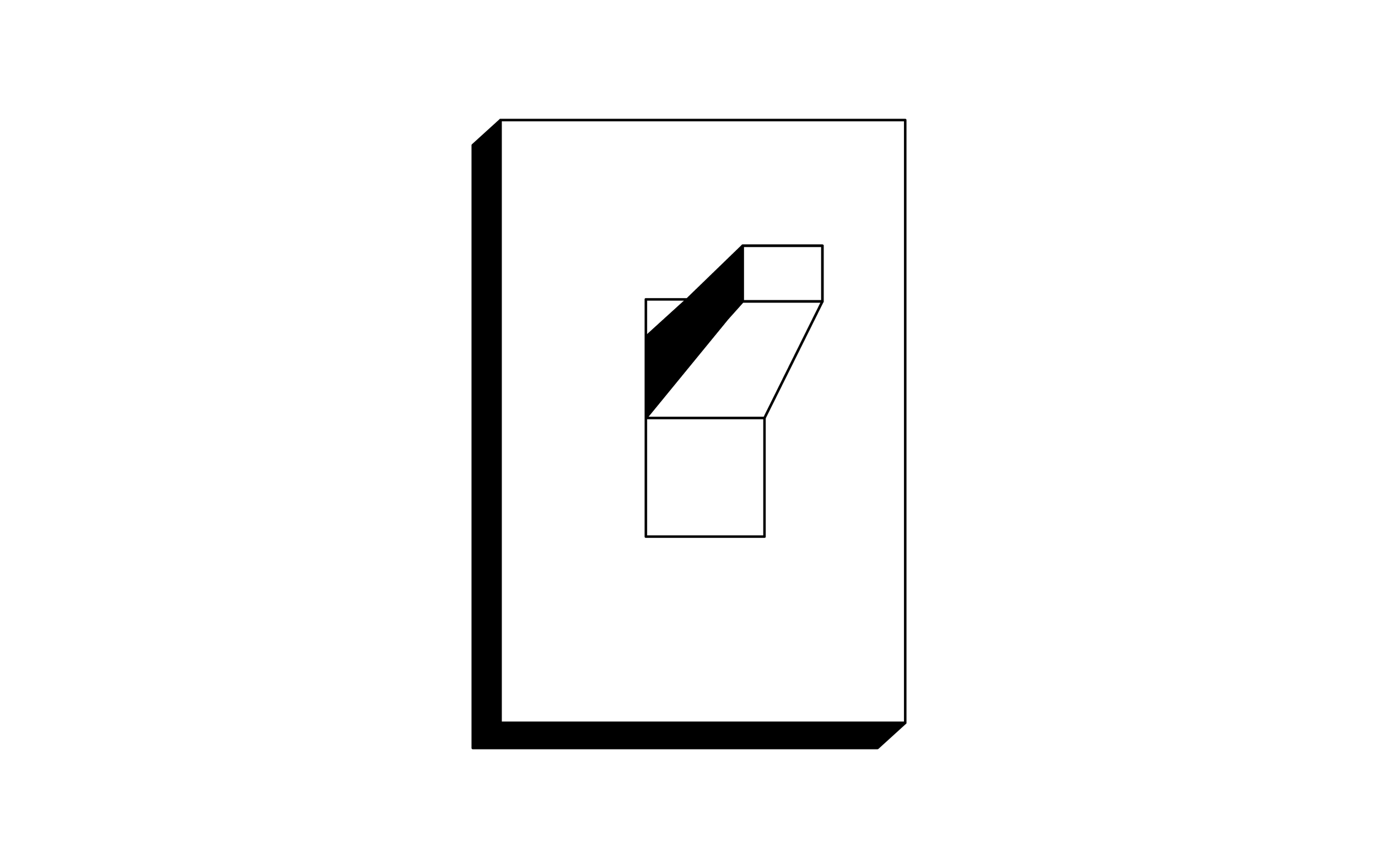Operating Your Home: Light
Firstly, when it comes to lighting, you need to ask what you need the light for.
Different tasks and situations require different levels of light and only using the lights you need can help control usage.
For instance, if you're working at a desk or reading a book, you may only need a lamp whereas if you're cooking dinner you're going to opt for a well lit kitchen.
Next you want to consider your light source options, and your initial go to should be the sun.
During the day, keep your curtains and blinds open and think twice before flicking switches.
To make the most of the sun, consider your furniture layout:
1 Put work surfaces like desks near windows to make the most the natural light
2 Ensure tall furniture is not blocking incoming light
3 Extend natural light into spaces with a light shelf. E.g. place a light coloured table or shelf below your window sill
Where natural light is unavailable or insufficient, you'll turn to your artificial lights and the first thing you want to do is ensure you're using LED bulbs.
LED's last five times longer and use up to 80% less energy than halogen bulbs.
When choosing a bulb, check you're buying the right one.
First consider colour (aka temperature), here's a quick guide:
Warm 2000-3000K
Neutral 3000-4000K
Cool 4000-6000K
Cold 6000-8000K
Then consider brightness, measured in lumens (lm):
Decorative lamp 200 lm
Desk / reading lamp 400 lm
Ceiling light in smaller rooms 800 lm
Bright light used in kitchens 1200 lm
Brighter light for workshops 1500 lm
Finally, remember to turn off the lights when you leave the room!






